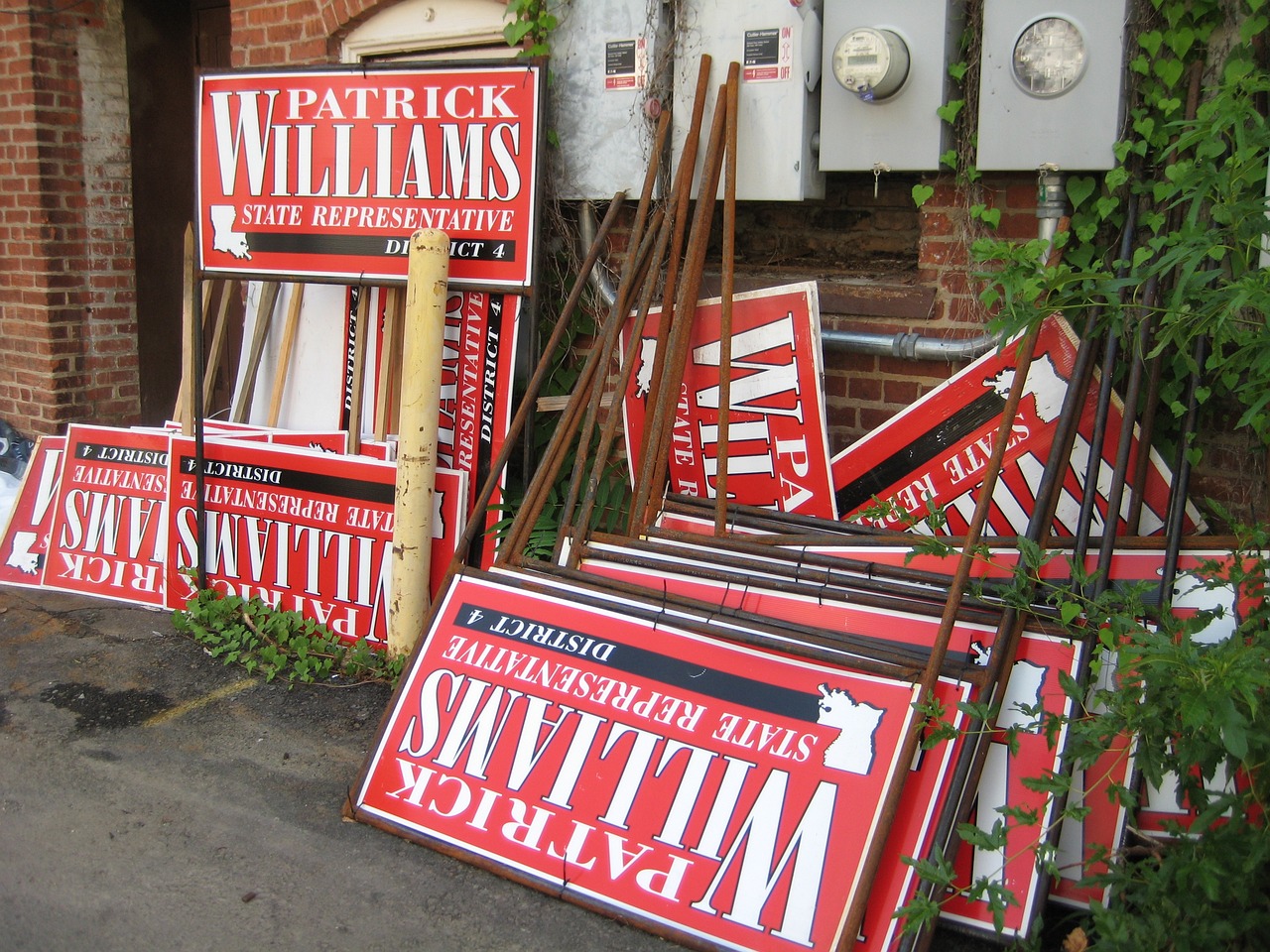Understanding the Impact of Social Media Algorithms on Political Polarization
Social media platforms have altered the landscape of communication, connecting individuals worldwide in an unprecedented manner. These digital tools serve as virtual hubs for sharing thoughts, information, and experiences, fostering a sense of interconnectedness among diverse communities. From Facebook to Instagram, these platforms have become integral to daily life, influencing how people engage with content and interact with one another.
The rise of social media platforms has empowered individuals to express themselves freely and engage in conversations on a global scale. With the ability to instantly share updates and opinions, users have a platform to amplify their voices and connect with like-minded individuals across geographical boundaries. Through the power of social media, users can engage in real-time conversations, stay informed about current events, and cultivate meaningful relationships with peers and influencers alike.
The Functionality of Algorithmic Feeds
Algorithmic feeds play a crucial role in shaping the content we see on social media platforms. These feeds are designed to analyze users’ behavior, preferences, and interactions to curate a personalized feed. By utilizing complex algorithms, social media platforms can determine which posts are most likely to engage and resonate with each user.
The prioritization of content based on individual preferences can lead to a more engaging user experience, as users are more likely to see posts that align with their interests. However, this personalization feature also has the potential to create filter bubbles and echo chambers, where users are exposed primarily to information that reinforces their existing beliefs and opinions. As a result, algorithmic feeds have sparked debates about the effects of selective exposure and the impact on societal discourse.
Filter Bubbles and Echo Chambers
Filter bubbles are a phenomenon where individuals are exposed primarily to information that aligns with their existing beliefs and preferences. This can occur on social media platforms where algorithms curate content based on users’ past interactions, shaping their online experience. As users engage with content that reinforces their viewpoints, they may inadvertently isolate themselves from diverse perspectives and alternate viewpoints.
On the other hand, echo chambers refer to the environments in which individuals are surrounded by like-minded individuals who support and amplify their views. This can lead to a reinforcement of existing beliefs and a lack of exposure to differing opinions. In echo chambers, dissenting voices may be suppressed or ignored, further solidifying the homogeneity of thought within the group.
Filter bubbles are created when algorithms on social media platforms show users content that aligns with their existing beliefs
Users may unknowingly isolate themselves from diverse perspectives by engaging with content that reinforces their viewpoints
Echo chambers occur when individuals are surrounded by like-minded people who support and amplify their views
In echo chambers, dissenting opinions may be suppressed or ignored, leading to a reinforcement of existing beliefs
What are filter bubbles and echo chambers?
Filter bubbles refer to the personalized information ecosystems created by algorithms that show users content based on their previous online behavior and interests. Echo chambers are environments where individuals are only exposed to information that aligns with their existing beliefs, leading to reinforcement and amplification of those beliefs.
How do social media platforms contribute to the creation of filter bubbles and echo chambers?
Social media platforms utilize algorithms that curate users’ feeds based on their preferences, interactions, and past behavior. This tailored content can limit exposure to diverse viewpoints and perspectives, contributing to the formation of filter bubbles and echo chambers.
What are the potential consequences of filter bubbles and echo chambers?
Filter bubbles and echo chambers can lead to misinformation, polarization, and division within society. When individuals are only exposed to information that confirms their beliefs, they may become more entrenched in their opinions and less open to alternative viewpoints.
Can users break out of filter bubbles and echo chambers?
Users can take proactive steps to diversify their online experiences and challenge their own perspectives. This can include following a wide range of sources, engaging with content that challenges their beliefs, and being mindful of the information they consume online.
How can social media platforms address filter bubbles and echo chambers?
Social media platforms can implement measures to promote diverse viewpoints, increase transparency around algorithmic curation, and provide users with tools to control their feed preferences. Additionally, users can be encouraged to seek out and engage with different perspectives on the platform.






